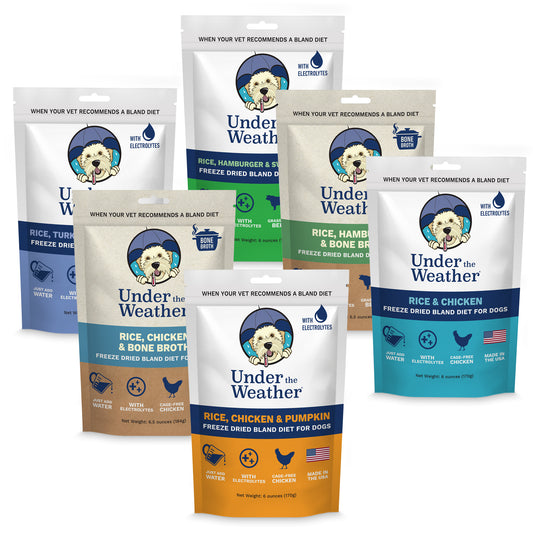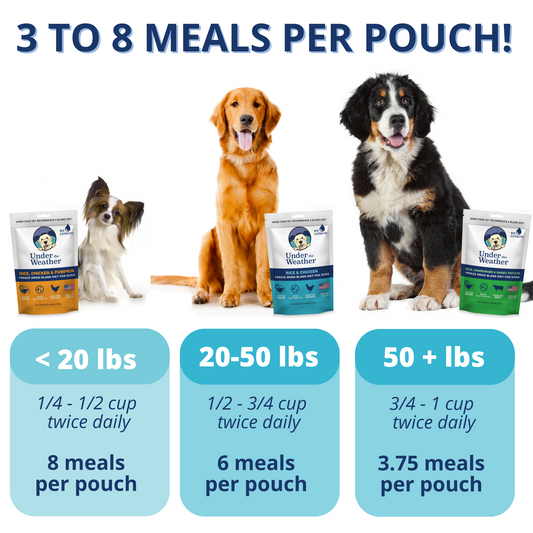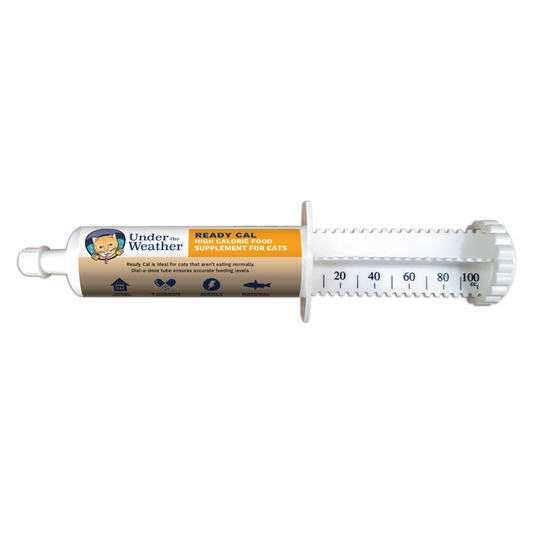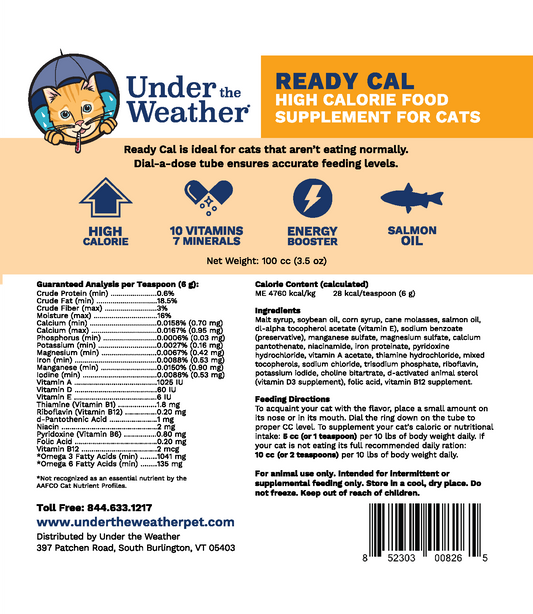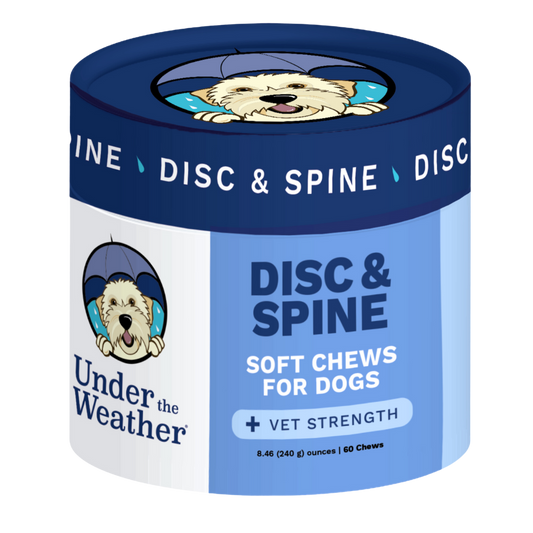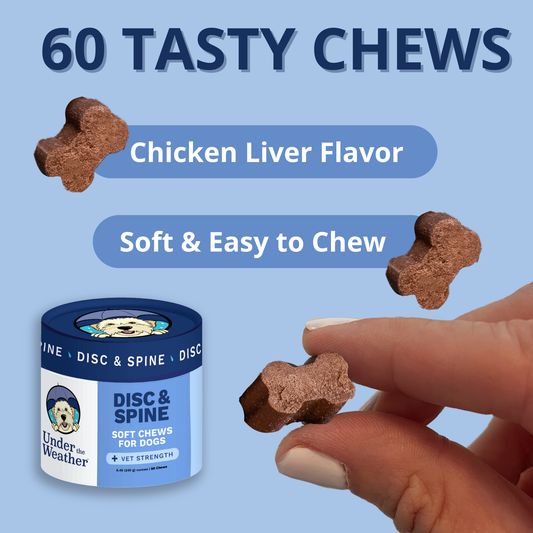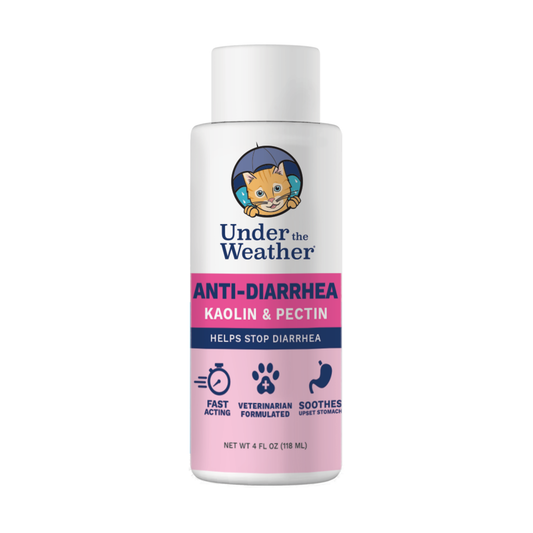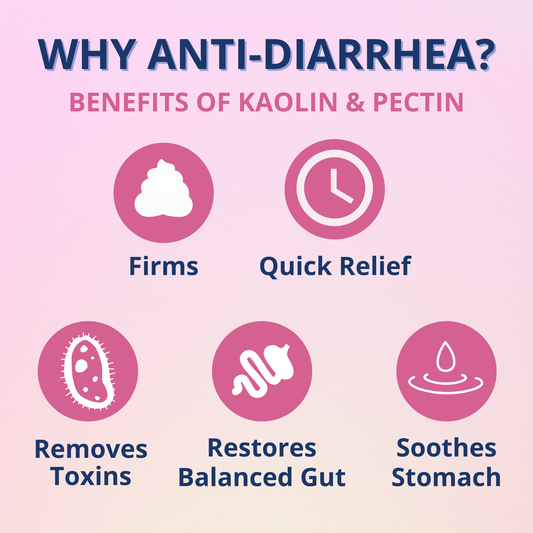Pancreatitis, or inflammation of the pancreas, is a health condition that’s surprisingly common in dogs. It can affect dogs of any breed, size, or age — however, certain dog breeds are more susceptible than others.
The severity of this health condition varies, with some cases being mild and others becoming life-threatening emergencies. Whether your dog’s pancreatitis is an acute (sudden) occurrence or a chronic (long-term) issue, early diagnosis and proper treatment are incredibly important.
As pet parents, it’s important that you’re able to recognize the signs, understand how chronic pancreatitis and acute pancreatitis are diagnosed and treated, and take preventive measures to keep your dog healthy. Let’s talk about what causes pancreatitis in dogs, how you can help your dog manage this condition, and more below.
What Is Pancreatitis in Dogs?
The term “pancreatitis” refers to inflammation of the pancreas — an organ that’s nestled in your dog’s abdominal cavity near the stomach. This small but important gland plays two major roles, which we’ll break down for you below:
First, it produces hormones like insulin and glucagon, both of which are responsible for regulating blood sugar levels. Second, it secretes digestive enzymes that help break down fats, proteins, and carbohydrates in your dog’s diet.
In a healthy dog, these digestive enzymes remain inactive until they reach the small intestine, where they get to work processing food. However, in cases of pancreatitis, these digestive enzymes activate prematurely while still inside the pancreas.
This leads to the pancreas essentially beginning to digest itself, resulting in inflammation and potential damage to nearby organs — such as the liver, gallbladder, and intestines.
How and Why Do Dogs Get Pancreatitis?
Sometimes, a dog will develop pancreatitis seemingly out of nowhere. In many cases, no specific cause can be identified. However, several factors can increase a dog’s risk of developing this condition. Let’s discuss these factors in more detail below:
Dietary Factors
A high-fat diet is one of the most well-known pancreatitis triggers. Veterinarians frequently see a spike in pancreatitis cases around Thanksgiving and Christmas when dogs sneak leftovers or are given fatty table scraps.
Dietary Indiscretion
Dogs have a tendency to eat anything they can find — whether it’s trash, spoiled food, or something that’s not actually edible. This can contribute to the onset of pancreatitis.
Breed Predisposition
Some dog breeds, like miniature schnauzers, cocker spaniels, dachshunds, and certain terriers, have a genetic predisposition to pancreatitis.
Obesity
Carrying excess weight is another risk factor because it can put too much strain on a dog’s pancreas and increase the risk of inflammation.
Hormonal disorders
Conditions like diabetes, Cushing’s disease, and hypothyroidism can interfere with metabolic processes, therefore increasing the risk of pancreatitis.
Trauma
Injuries to the abdomen (such as those sustained in accidents) may trigger pancreatitis in some dogs.
Medications and Toxins
Certain drugs (like some diuretics, chemotherapy agents, or anti-seizure medications) have been associated with canine pancreatitis as a side effect.
Surgical Complications
Though rare, abdominal surgery can occasionally lead to inflammation of the pancreas.
Feeding a dog with pancreatitis the right diet is one of the most effective ways to manage the condition and support their recovery. Since the pancreas plays a major role in digesting fats, decreasing fat intake helps to reduce its workload.
By minimizing your dog’s fat consumption, you’ll be giving their pancreas an opportunity to heal. This will reduce the chances of pancreatitis flare-ups happening. For dogs with chronic pancreatitis, a low-fat diet often becomes a lifelong necessity.
What Is the Ideal Diet for Dogs with Pancreatitis?
Dogs suffering from pancreatitis benefit significantly from a bland, low-fat diet that’s easy to digest. Listed below are two excellent bland diet dog food options for dogs with pancreatitis:
Chicken & Rice Bland Diet
A straightforward, gentle option for dogs with pancreatitis is this Chicken & Rice Bland Diet dog food from Under the Weather. The simplicity of this meal makes it a fantastic choice for calming your dog’s upset stomach while also providing them with essential nutrients and hydration.
This bland diet will be especially helpful for dogs experiencing dehydration due to symptoms like diarrhea or vomiting, since it also includes added electrolytes. This dog food option is convenient, easy to prepare, and should serve as a great short-term solution.
Ingredients:
- White rice
- Freeze-dried, cage-free chicken breast
- Glycine
- Sodium chloride
- Potassium chloride
Directions:
- Shake the package to evenly mix the contents.
- Scoop the dried blend into a bowl and add an equal amount of boiling water.
- Stir thoroughly, cover, and allow it to cool for 15–20 minutes.
- Serve the meal as directed by your veterinarian, typically for 2–3 days.
- Gradually reintroduce your dog’s regular diet once they recover.
Turkey, Oatmeal, Sweet Potato, and Slippery Elm Bland Diet
Another fantastic bland diet option for dogs with pancreatitis incorporates turkey, oatmeal, sweet potato, and slippery elm. These ingredients are mild on the stomach and will provide your dog with energy without overloading their digestive system.
Ingredients:
- Oats
- Cage-free turkey breast
- Sweet potato powder
- Slippery elm powder
- Electrolyte blend (glycine, sodium chloride, potassium chloride)
Directions:
- Empty the contents of the pouch into a bowl.
- Add 3 ½ cups of boiling water to the mixture.
- Stir, cover, and let it sit for 10 minutes.
- Stir again, cover, and let it sit for another 5 minutes before serving.
- Feed as advised by your veterinarian, usually for a few days. Store leftovers in the fridge for up to 72 hours.
Symptoms of Pancreatitis
It can sometimes be difficult to determine whether or not a dog is suffering from pancreatitis. Pancreatitis symptoms can range from mild to severe, but there are a few clinical signs of pancreatitis you should watch out for:
Loss of Appetite
A dog with severe pancreatitis may stop eating due to symptoms like nausea and abdominal pain.
Vomiting and Nausea
Vomiting is a very common symptom, and is often accompanied by visible signs of nausea (like excessive drooling or lip-smacking).
Abdominal Pain
Dogs in pain may yelp when you touch them, hunch their backs, or assume a “praying position,” with their front legs stretched forward and hind end raised.
Diarrhea or Greasy Stools
Pancreatitis disrupts digestion. This can sometimes result in abnormal stools that may be loose, greasy, or foul-smelling.
Lethargy
A lack of energy and general weakness are common symptoms that dogs suffering from pancreatitis experience.
Fever and Dehydration
Inflammation and fluid loss from vomiting or diarrhea can cause elevated body temperature and dehydration.
Severe cases of pancreatitis may progress rapidly, which can sometimes lead to shock or other life-threatening complications. If your dog is exhibiting symptoms, you should seek veterinary care immediately.
How is Pancreatitis Diagnosed?
Because the symptoms of pancreatitis overlap with those of other gastrointestinal or systemic illnesses (like inflammatory bowel disease), diagnosis can be tricky. Veterinarians often rely on clinical signs, physical exams, and diagnostic tests to determine whether a dog has pancreatitis. Here are some common diagnostic tools:
Bloodwork
Routine blood tests can identify abnormalities in enzyme levels, electrolytes, and organ function. Blood tests can be quite helpful because they help to rule out other conditions.
Specific Pancreatic Enzyme Tests
Tests like the canine pancreatic lipase immunoreactivity (cPLI) test are designed to detect pancreatic inflammation. While not 100% accurate, these tests are very useful in diagnosing pancreatitis.
Ultrasound Imaging
Abdominal ultrasounds are often the most effective way for vets to visualize inflammation in the pancreas and assess nearby organs for damage.
X-Rays
Radiographs can help rule out other causes of abdominal discomfort, such as blockages or foreign objects that your dog might have ingested.
Pancreatic Biopsy
In rare cases, a definitive diagnosis may require a biopsy of the pancreas. However, this is typically reserved for specific situations, since it requires surgery.
Treating Pancreatitis in Dogs
Treatment for pancreatitis in dogs focuses on managing symptoms, addressing complications, and supporting the pancreas as it heals. In many cases, hospitalization is necessary, especially for severe or acute pancreatitis episodes. Some common pancreatitis treatments include:
Intravenous Fluids
IV fluids help rehydrate your dog, restore electrolyte balance, and support their organ function.
Pain Relief and Anti-Nausea Medications
These medications are essential for keeping your dog comfortable and reducing symptoms like vomiting.
Nutritional Support
An important part of recovery is getting your dog’s digestive system back on track. Dogs who refuse to eat may require special feeding tubes or, in rare cases, intravenous nutrition.
Low-fat Diets
During recovery, dogs are typically transitioned to a bland, low-fat diet to reduce strain on the pancreas. Since your dog with pancreatitis should remain on a low-fat diet, you should try to refrain from feeding them table scraps.
Conclusion
Caring for a dog recovering from pancreatitis requires dedication and commitment. By following your vet’s advice regarding medications and special low-fat, bland diets, you can help your dog heal and avoid pancreatitis flare-ups in the future.
Make sure to secure your trash cans, avoid feeding your dog fatty foods, and stay proactive — especially if your dog happens to be a high-risk breed. If you’d like to learn more about pancreatitis in dogs, check out our blog!


